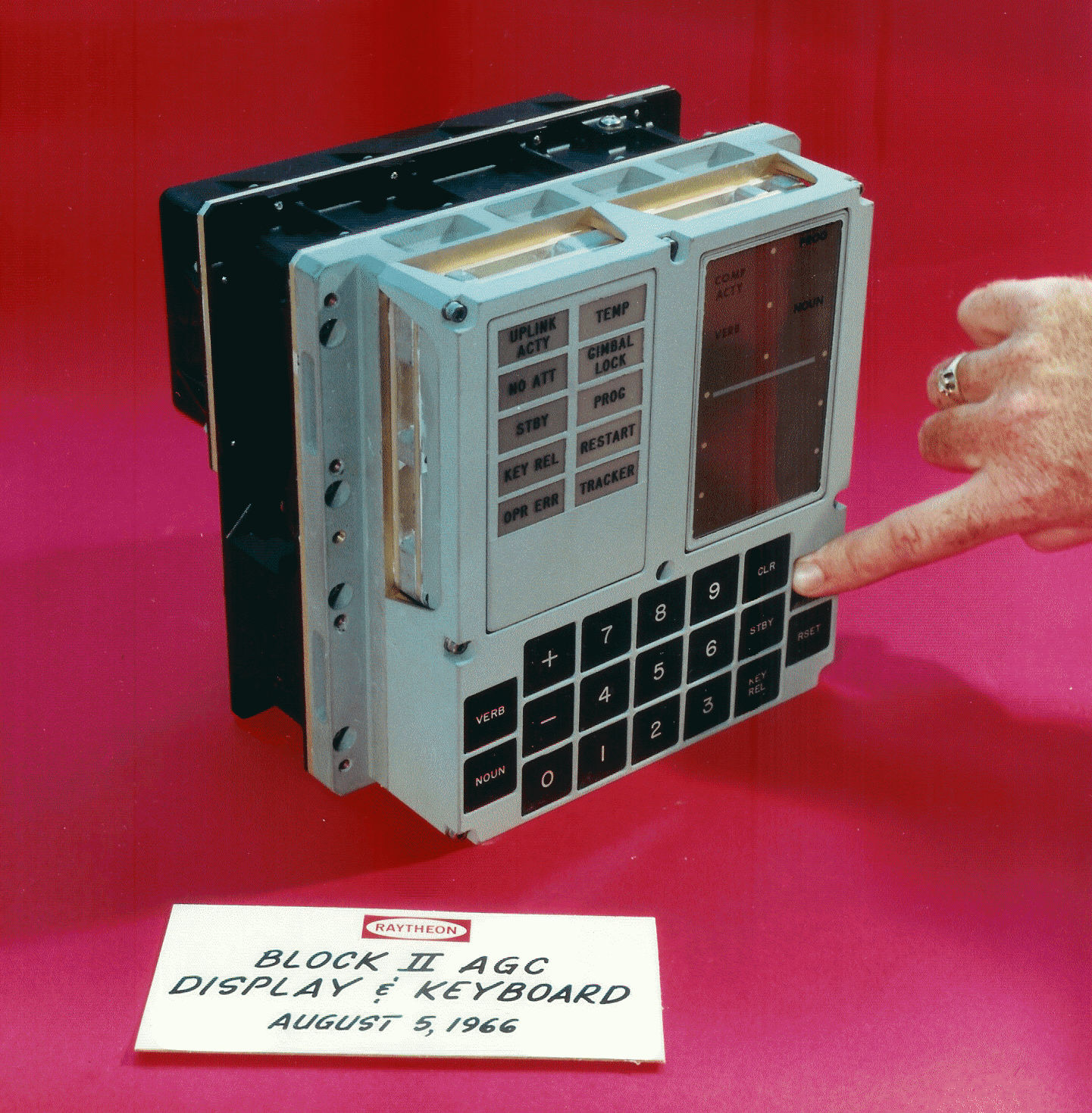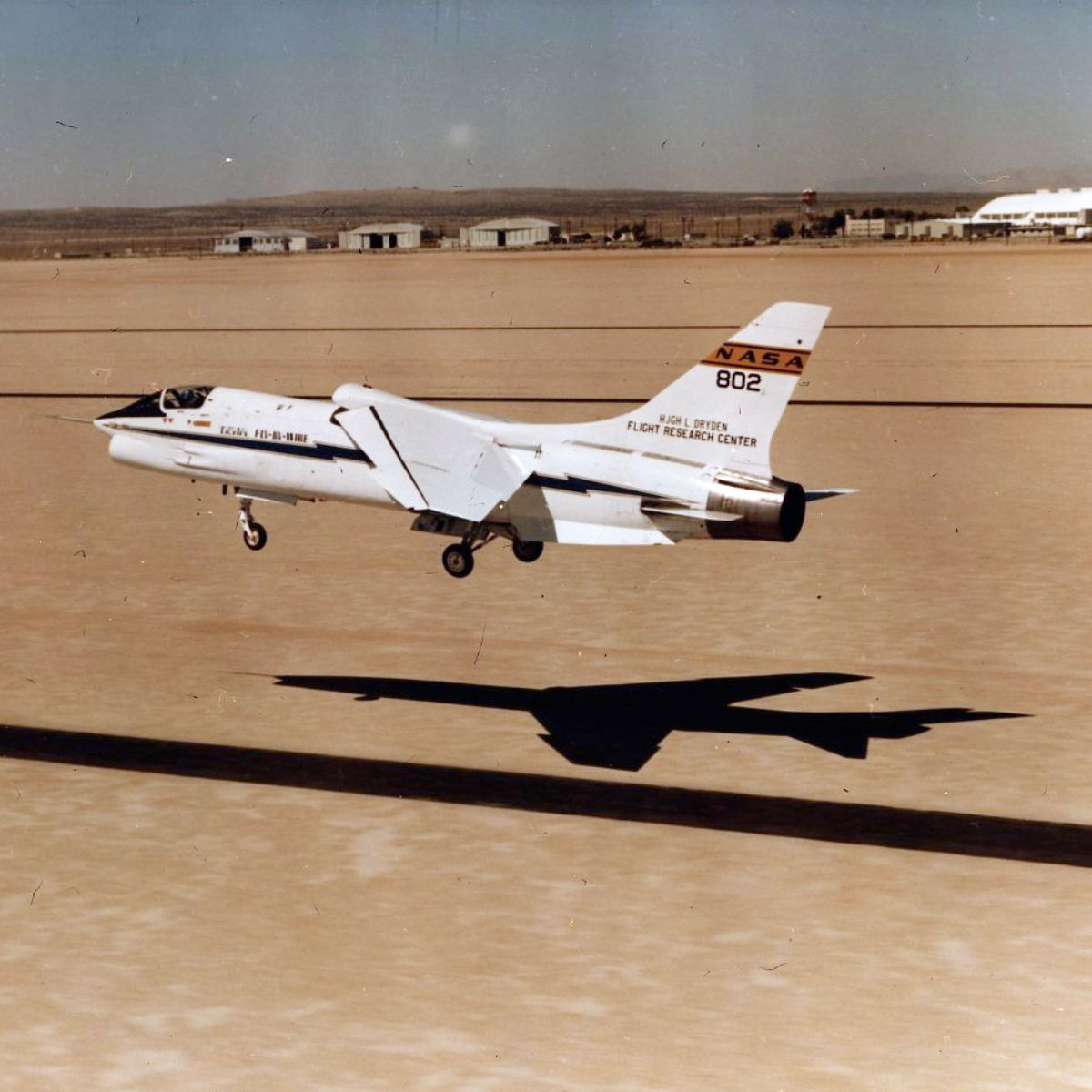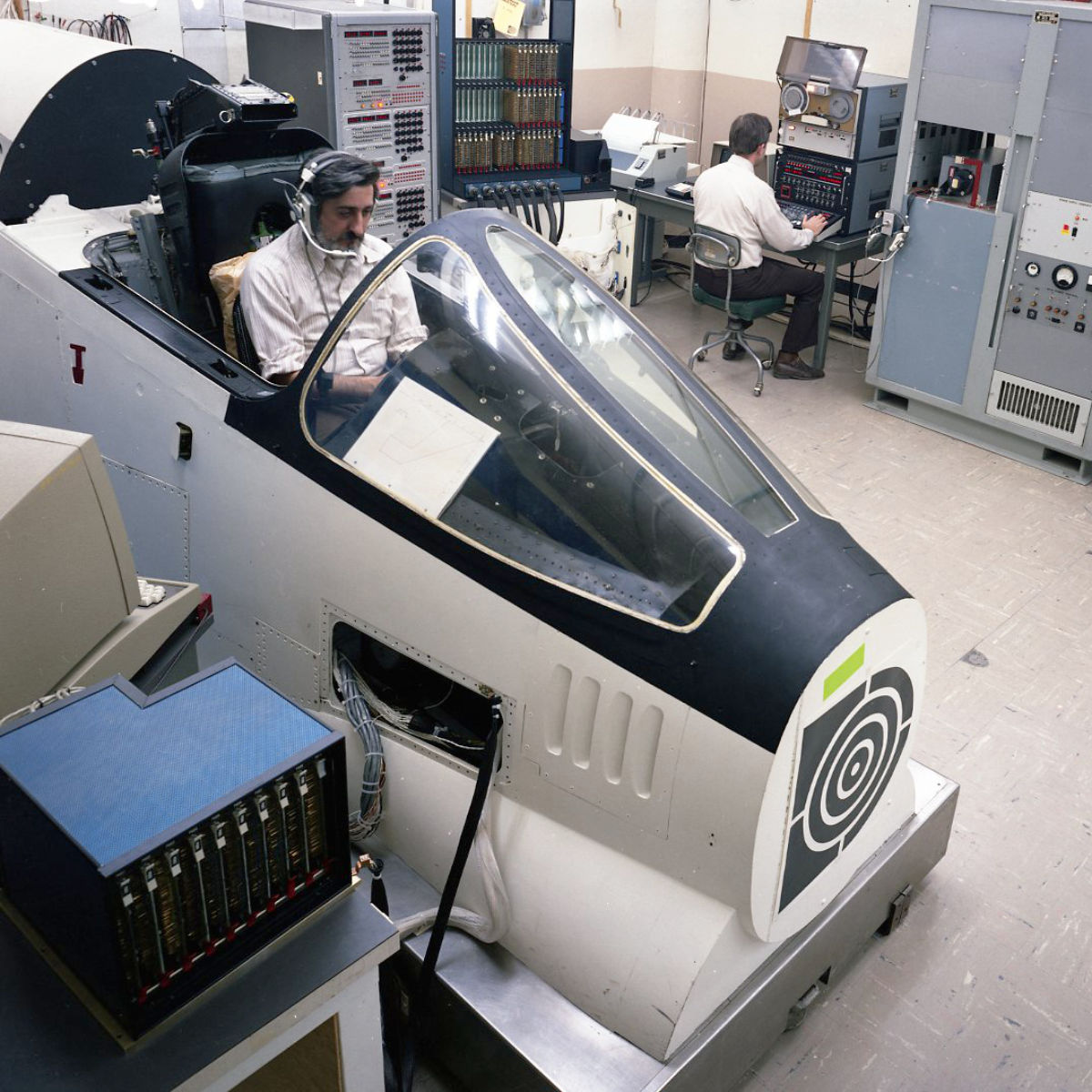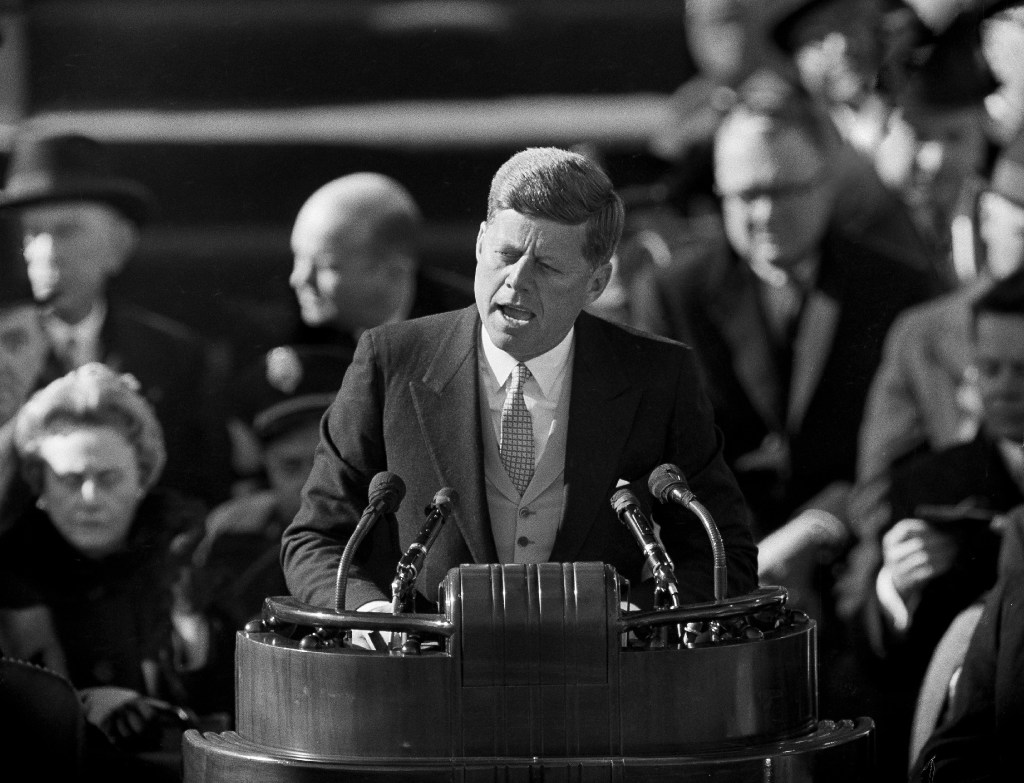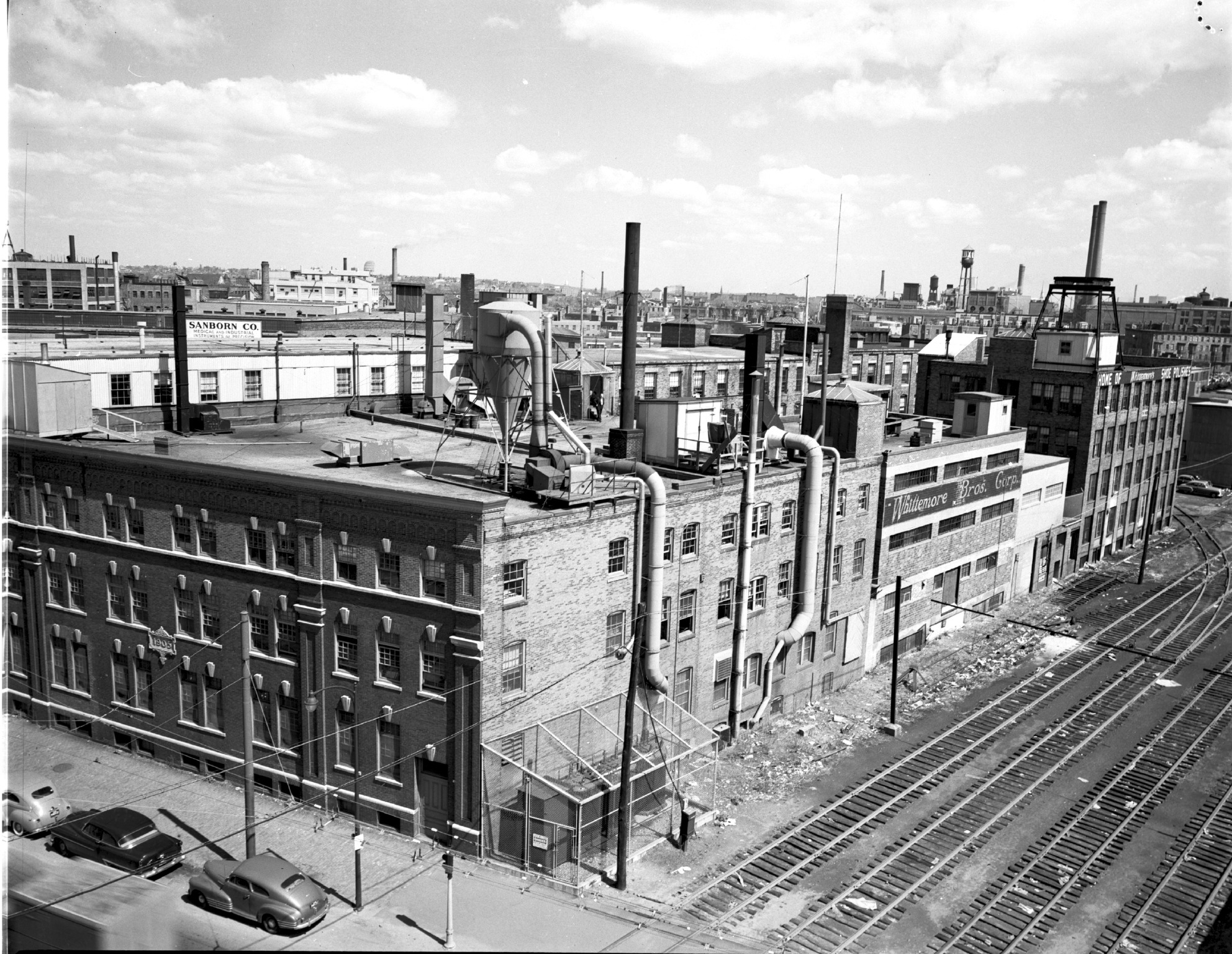All Stories
Close Stories
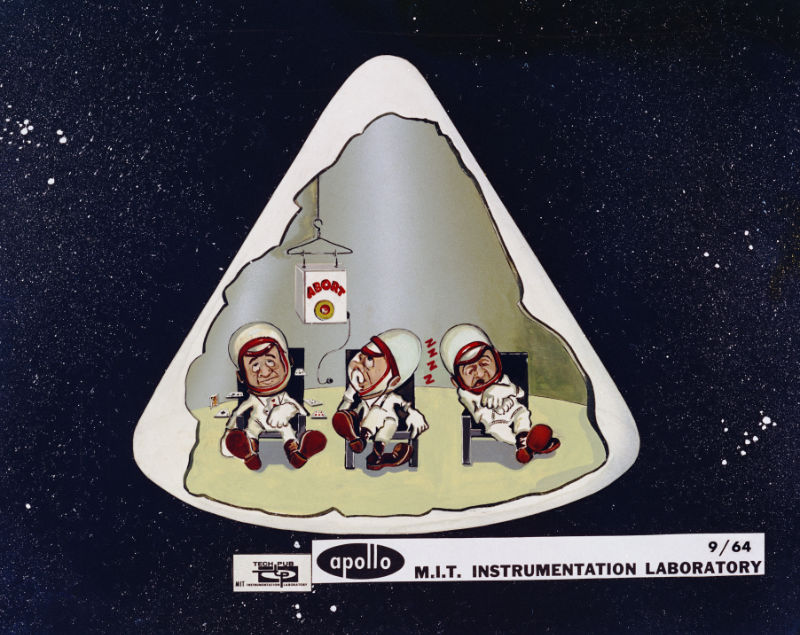
"…When you have the normal display going and you come with an emergency display. It's not entirely clear that he's responding to the right one. The old display or a new display. And I thought oh my god I have to solve this. I've gotten this far with this. I have to solve it so I went home that night and was up all night worrying about how to make this happen. And I came back the next day and I said I think I have a solution."
Neil Armstrong's historic "giant leap for mankind" on July 20, 1969 almost didn't happen. Armstrong and Buzz Aldrin were descending in the Lunar Module (LM), preparing to make the historic first landing on the moon when, several thousand feet above the surface, the onboard computer guiding the LM suddenly flashed a 1202 alarm—computer overload. NASA needed to make a split-second decision: Abort a $10 billion mission, or override the alarm and proceed, sending two men to the surface of the moon.
Why did it happen? The LM landing was divided into three phrases: braking, visibility, and semi-manual landing. During the braking phase, one of the on-board computer’s (DSKY) main tasks was to get the landing radar locked onto the moon’s surface. Buzz Aldrin keyed in a special display in order to watch the landing radar data. As soon as he did, the 1202 alarm unexpectedly lit up on the DSKY. Too many commands meant the computer had run out of memory space requiring a reboot—which also meant an automatic mission abort.
Back on Earth, Jack Garman, a NASA mission specialist, was in Houston at Mission Control. He checked the cheat sheet with the software codes and overrides and saw that the priority system would kick in and process the important tasks first. “On Apollo 11, each time a 1201 or 1202 alarm appeared, the computer rebooted, restarted the important stuff, like steering the descent engine and running the DSKY to let the crew know what was going on, but did not restart all the erroneously-scheduled rendezvous radar jobs,” says Draper engineer Peter Adler. “The NASA guys in Mission Control knew—because MIT had extensively tested the restart capability—that the mission could go forward.” The mission was still a go. Thanks to engineering foresight, the Eagle landed on the moon.
